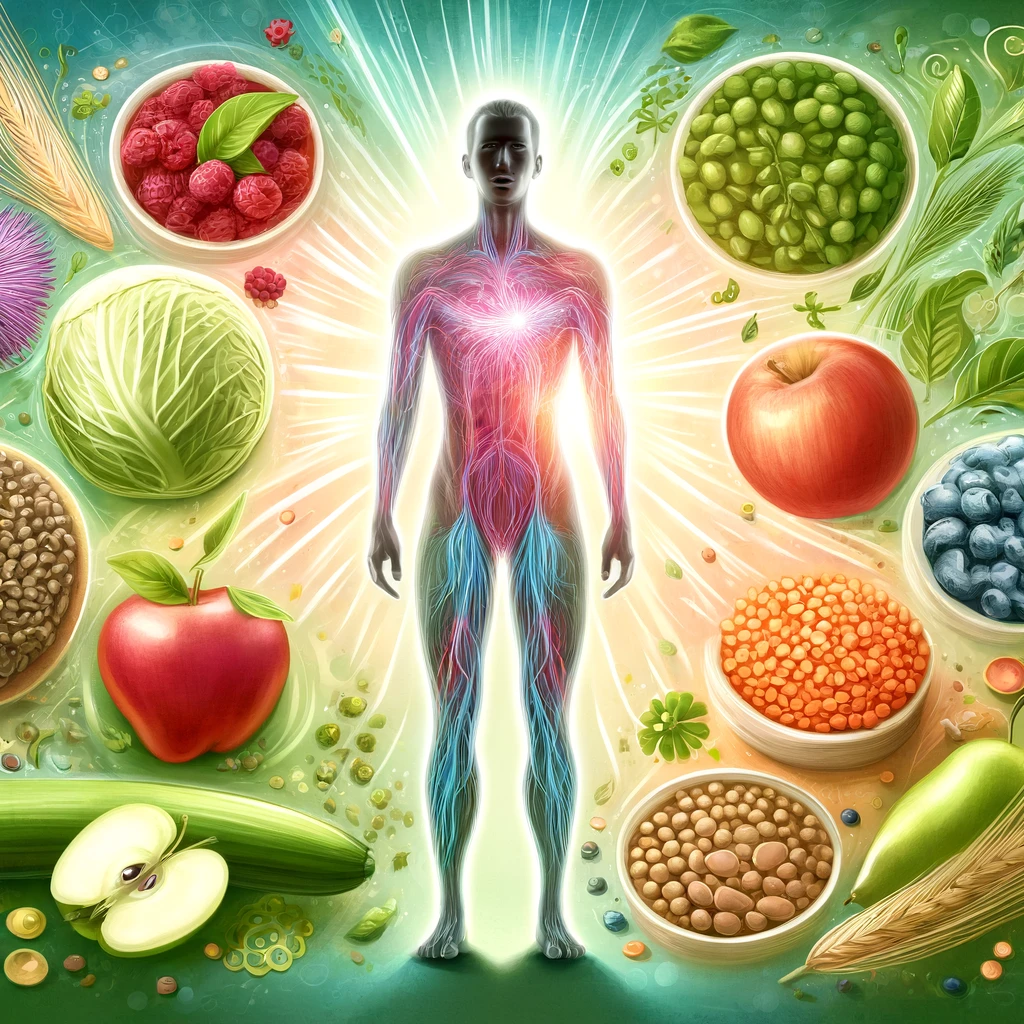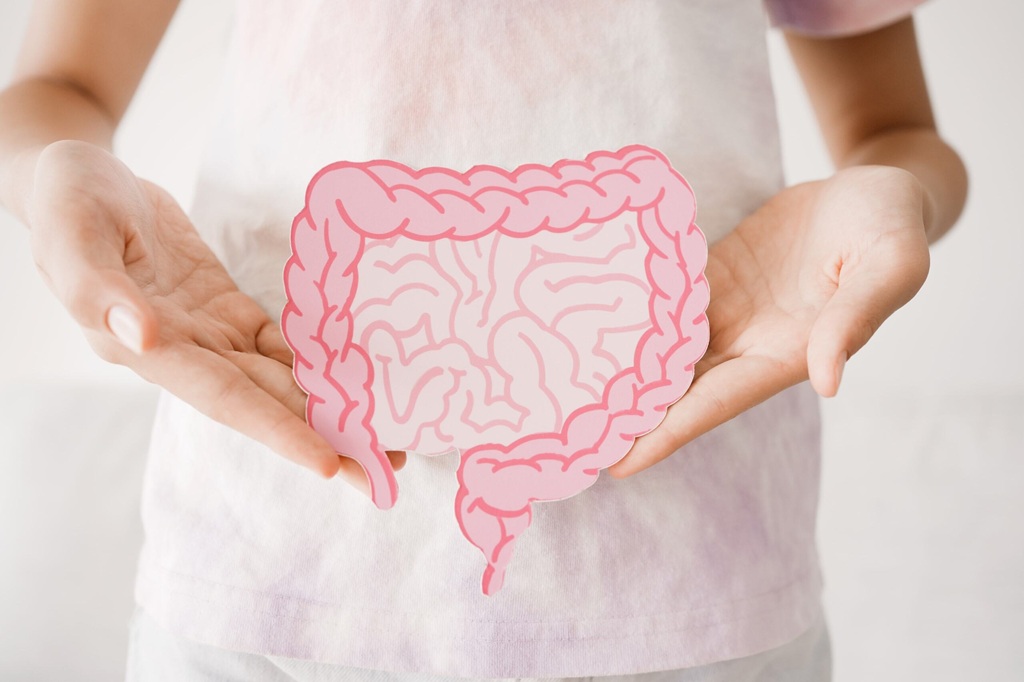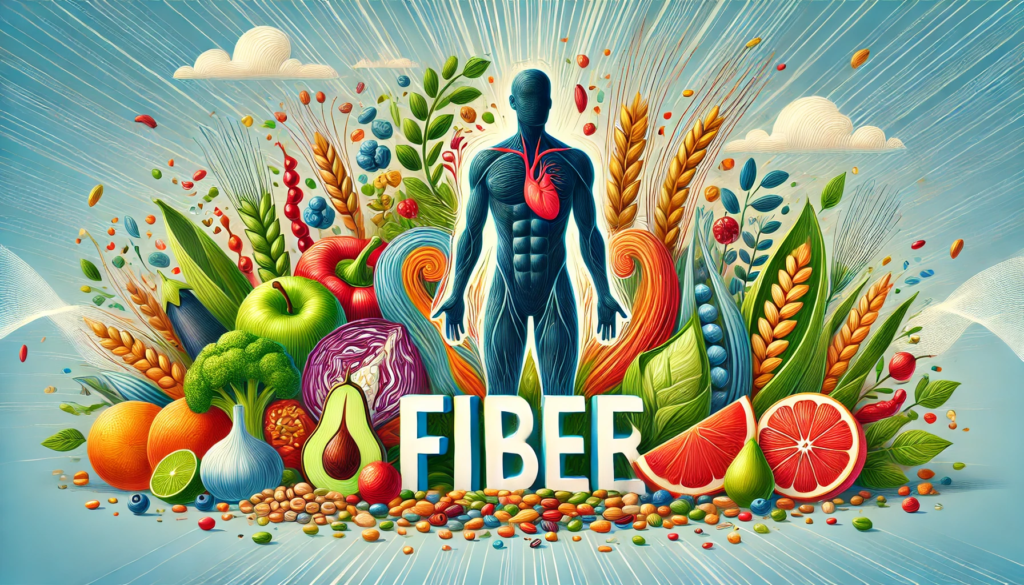Fiber is not just good for your digestion—it helps your whole body stay healthy. Studies in mice have shown that a very low-fiber diet can lead to problems like high blood sugar and insulin resistance. This happens because good bacteria in your gut feed on fiber. When they don’t get enough, they can’t keep inflammation in check, which may increase the risk of heart disease and some cancers.

Fiber is a type of carbohydrate that helps with digestion, weight management, and reducing the risk of many diseases.
Why Fiber Is Important:
- Feeds Good Bacteria: Fiber is food for the healthy bacteria in your gut. When these bacteria thrive, they help reduce inflammation in your body.
- Helps Control Blood Sugar: Eating enough fiber can help keep your blood sugar steady.
- Reduces Health Risks: A good fiber intake may lower the risk of heart disease and certain types of cancer.
Digestion

- Fiber helps with digestion by moving food through the digestive tract.
- Fiber helps prevent constipation by adding bulk to stool.
- Fiber feeds beneficial gut bacteria.
Weight management
- Fiber helps you feel full for longer.
- Fiber can help you maintain a healthy weight.
Disease prevention
- Fiber can help reduce the risk of heart disease, stroke, type 2 diabetes, and some cancers.
- Fiber can help lower blood cholesterol.
- Fiber can help regulate blood sugar levels.
Other benefits
- Fiber can help with immune function.
- Fiber can help fight inflammation.
- Fiber can help suppress tumor growth in the colon.
How Much Fiber Do You Need?
- Most people only get about 16 grams a day.
- Experts recommend at least 25 grams of fiber daily.
Types of Fiber
There are two main types of fiber, and both are important for your health:
1. Soluble Fiber
- What It Does: Soluble fiber dissolves in water and forms a gel-like substance during digestion. This gel helps slow down digestion, which can be beneficial for controlling blood sugar and cholesterol levels.
- Good Sources: Oats, apples, citrus fruits, beans, lentils, and psyllium.
2. Insoluble Fiber
- What It Does: Insoluble fiber does not dissolve in water. Instead, it adds bulk to your stool and helps food pass more quickly through the digestive system, which can prevent constipation.
- Good Sources: Whole grains, nuts, and many vegetables such as cauliflower, green beans, and potatoes with the skin on.
Tip: Eating a mix of both soluble and insoluble fiber can help you enjoy the benefits of each.
The Best Foods for Fiber
To reach your daily fiber goal, try to include these fiber-rich foods in your meals:
- Fruits: Berries, apples, and oranges.
- Vegetables: Broccoli, spinach, carrots, and green beans.
- Legumes: Lentils, black beans, split peas, and chickpeas.
- Whole Grains: Oats, brown rice, whole wheat bread, and quinoa.
- Nuts and Seeds: Almonds, chia seeds, and flaxseeds.
Example: One cup of lentils or beans can provide roughly 15 grams of fiber!
Quick Tips to Increase Your Fiber Intake
- Start your day with a high-fiber breakfast: Consider oatmeal topped with berries.
- Snack smart: Choose fruits, vegetables, or a handful of nuts.
- Add legumes to your meals: Try including beans or lentils in salads, soups, or casseroles.
- Switch to whole grains: Replace white bread or rice with whole-grain versions.
By adding a variety of these foods to your diet, you can help support your overall health while enjoying the many benefits that fiber has to offer.


